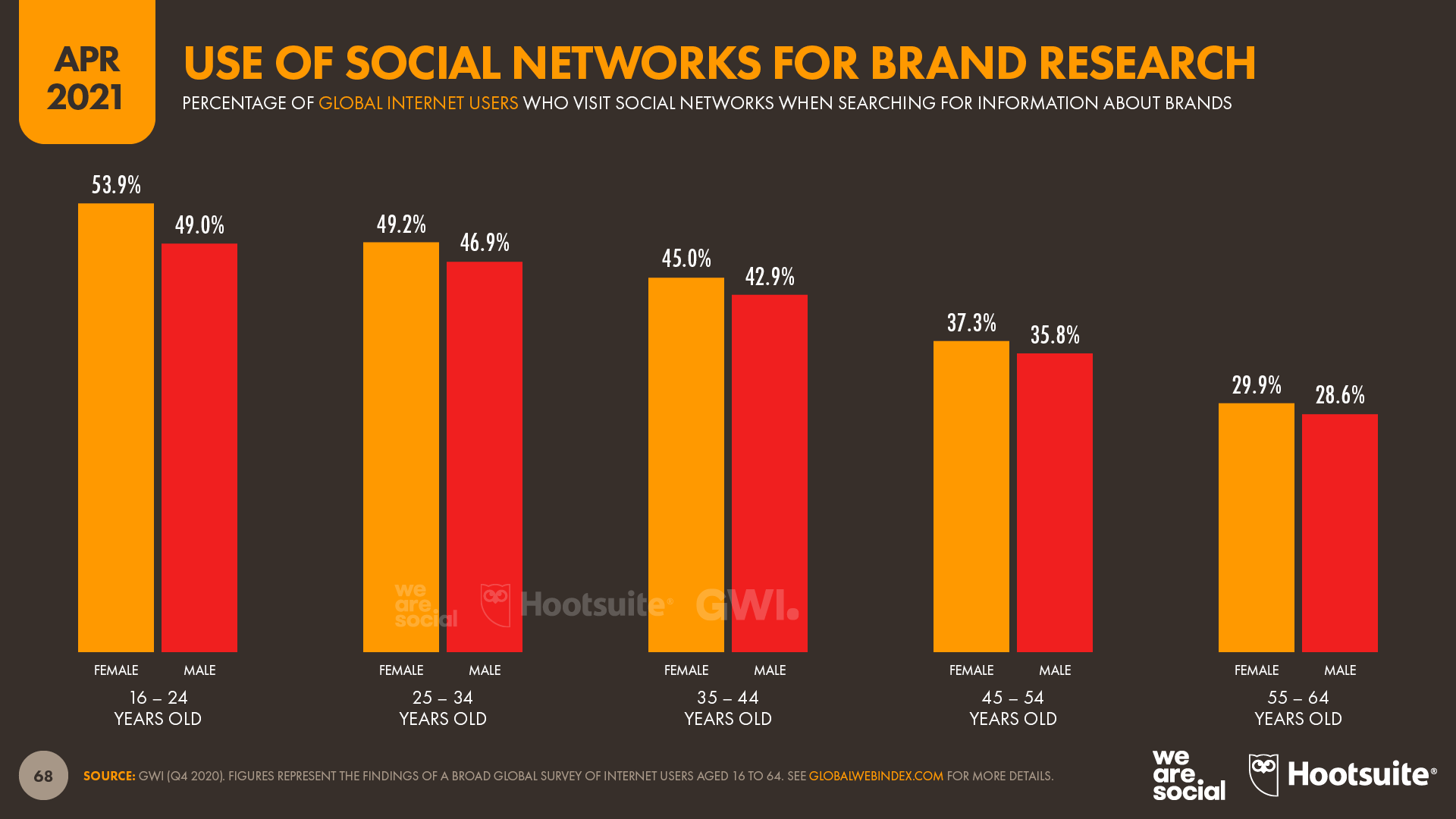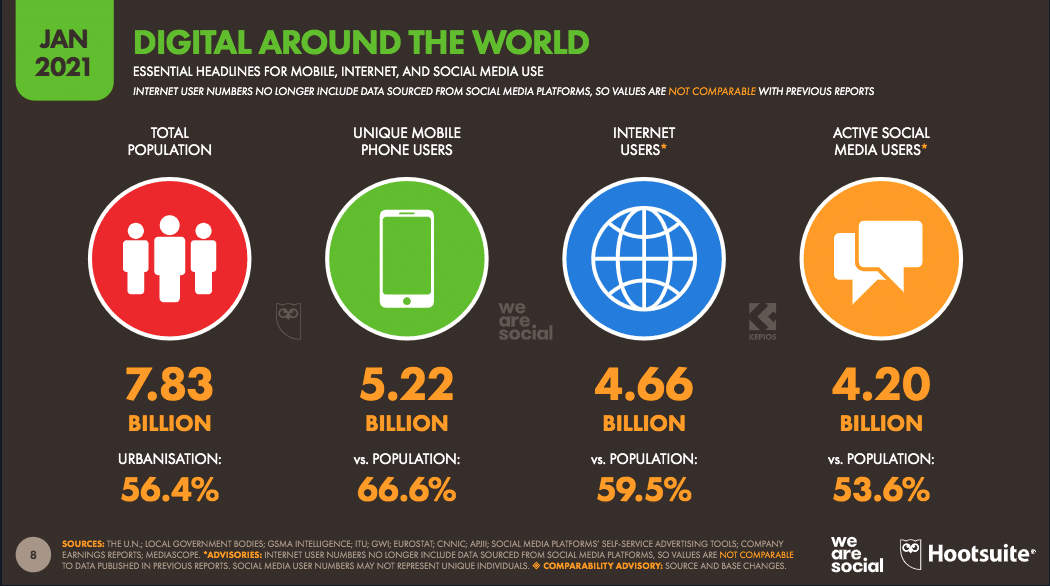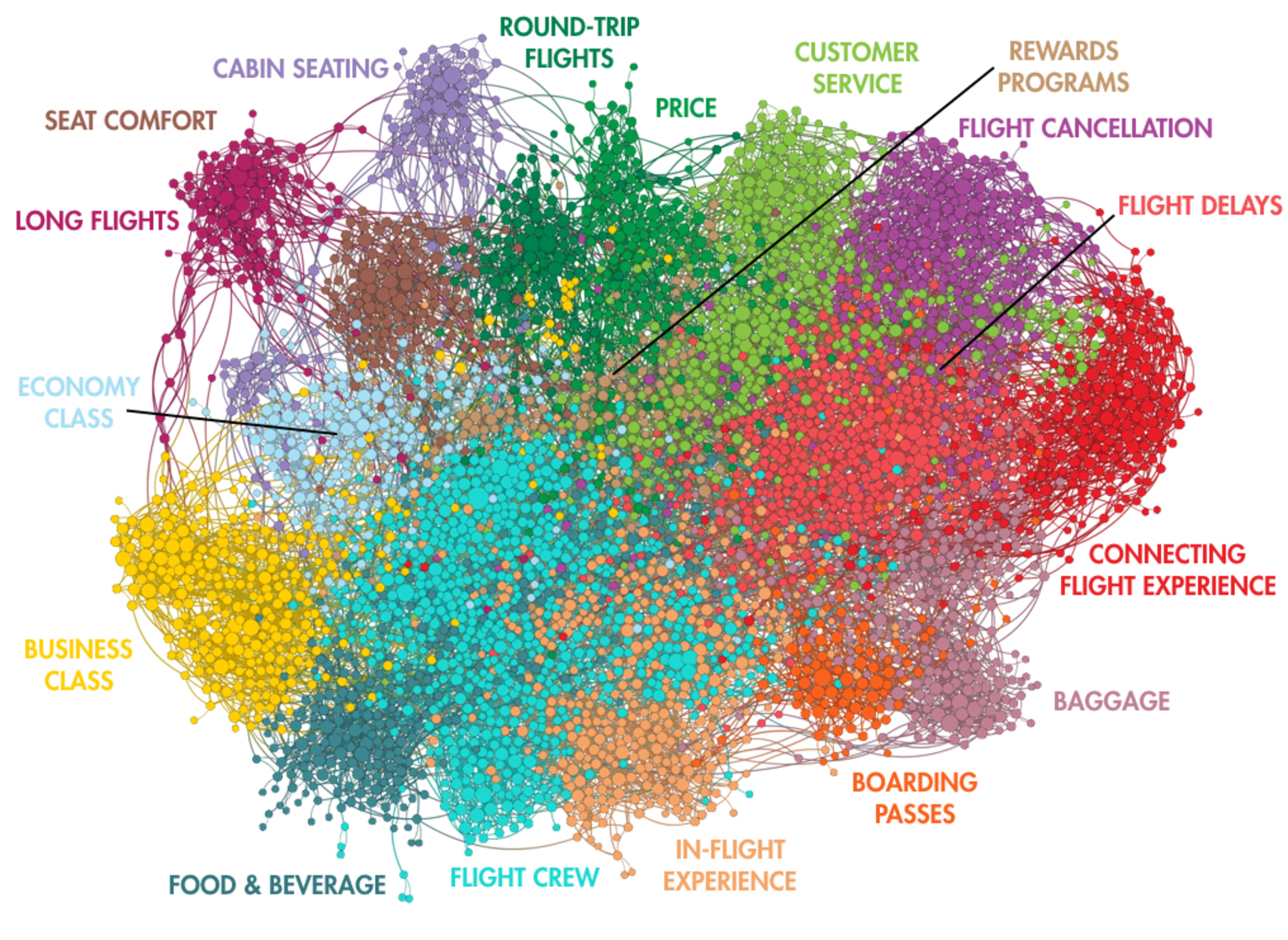The popularity of social media use has made available various marketing resources that have enormous potential but may go under the radar for those accustomed to more traditional strategies. One such resource is the information that consumers voluntarily share online. Everything from direct mentions of a brand, consumer feedback, along with their changing habits, preferences, and expectations, and even conversations about competitor brands and the industry as a whole provides rich and useful insight that may be used to inform one’s marketing strategies.
This process is known as social listening.
Social media management platform Hootsuite calls social listening a “crucial component of audience research.” It gives marketers a sense of the target audience and the identified niche based on actual data and not just on gut feel or anecdotal evidence.
In turn, this understanding allows one to focus marketing campaigns to increase the chances of reaching the audience that will likely convert into consumers or bring one closer to the business goals. With information from social listening, a brand is able to fine-tune products, services, and campaigns to satisfy the needs and preferences of the target market.
Simultaneously, social listening empowers brands to monitor, analyze, and sometimes even directly engage with the conversations about them on social media. In so doing, it contributes to boosting brand awareness, enhancing brand reputation and consumer loyalty, and building engaged communities. In some cases, it can be used to respond appropriately and strategically to public relations disasters before they get unmanageable. Or, if such a crisis has already happened, a review of the negative feedback may be used to prevent the same slipup in the future.
Today’s consumers continue to use social media to learn more about companies according to an April 2021 report by Hootsuite. Image Source: Hootsuite
Strengthen marketing insight efforts
Social listening supports other marketing insight efforts, such as A/B tests and traffic analytics. One of its crucial advantages is that it allows marketers to focus on the metrics that matter instead of getting lost in the sea of figures available on analytics tools. The significant metrics, or what are known as actionable metrics, include engagement rate, social media shares and @mentions, traffic sources, consumer sentiment analysis, click-through rate (CTR), e-mail clicks or e-mail open rate, bounce rate, time spent on page or app, renewal and upgrade rates, and percentage of new or returning customers.
These must be distinguished against what are called vanity metrics—statistics such as the number of followers, visitors, and subscribers, number of articles posted, number of website hits or page views, and so on.
These figures do well to boost the ego – thus the term “vanity”—but do little to contribute to the achievement of business goals, since they are not directly linked to such specific objectives.
The takeaway is that one must not gather data for the sake of gathering data.
Unlike in the past when there was a dearth of such data, today, there is too much data for the marketer to sift through and use, especially with the easy availability of analytics tools. For successful social listening, such data may well be likened to noise—useless, confusing, and disorienting. The marketer must instead focus on listening, monitoring, and analyzing the data that is useful for informing marketing decisions.
Social media usage around the world. The rapid and vast adoption of these technologies means that our traditional method of understanding our consumers needs to evolve. Image Source: Hootsuite
Social Listening Tools
Luckily, many social listening tools are now available to bolster marketing. A good number are free, while others offer added features for premium members.
Buffer, Hootsuite, Hubspot, Agorapulse, Awario, BuzzSumo, Falcon.io, Iconosquare, Keyhole, Mention, Oktopost, Sprout Social, and Tailwind are a few of the available tools at present.
Selecting which tool best suits one’s needs requires some strategic discernment. Some tools combine social media management features with tracking and analytics to allow a brand’s social media strategy to be simplified and centralized. Others are a better fit towards certain social media platforms or combinations of platforms.
Hootsuite, for example, is said to be designed for executing social media strategies across multiple social networks with its scalable content management features and comprehensive social analytics.
Sprout Social, for its part, categorizes its services according to the user’s needs: social management, customer care, data and intelligence, employee advocacy as well as by business type and industry.
Image Source: Sprout Social
Agorapulse has a dedicated social listening feature, assisting marketers on listening in on social conversations, responding quickly to urgent messages, and taking action with retweets and DMs/PMs.
HubSpot specializes in inbound marketing, sales, and customer service. It prioritizes engagement, allowing the user to manage social profiles from one space, and target audiences using a contacts database.
Falcon.io has an Engage inbox feature that helps manage messages along with custom response and message rerouting features. Keyhole hones in on Twitter and Instagram, BuzzSumo has tools suited well for Facebook, and Tailwind is focused on Instagram and Pinterest. Depending on one’s needs, business goals, and budget, it is also possible to use more than one tool.
Knowing which social media platforms one’s target market frequents is, of course, also a good idea.
NetBase uses Natural Language Processing (NLP) to find themes / topics from a vast data available on the Internet which can help brands identify what consumers are talking about. Image Source: NSquare
Valuable opportunity
At the end of the day, keeping tabs on what customers say about one’s brand yields significant insights for marketing. Whether the content of these conversations is positive, negative, or neutral, they have potentials just waiting to be harnessed and aligned with business goals. With so many tools available to facilitate this process and with consumer feedback so freely shared on social media platforms, it would truly be a shame to miss out on this opportunity.
Main image source: Digital Marketer
















